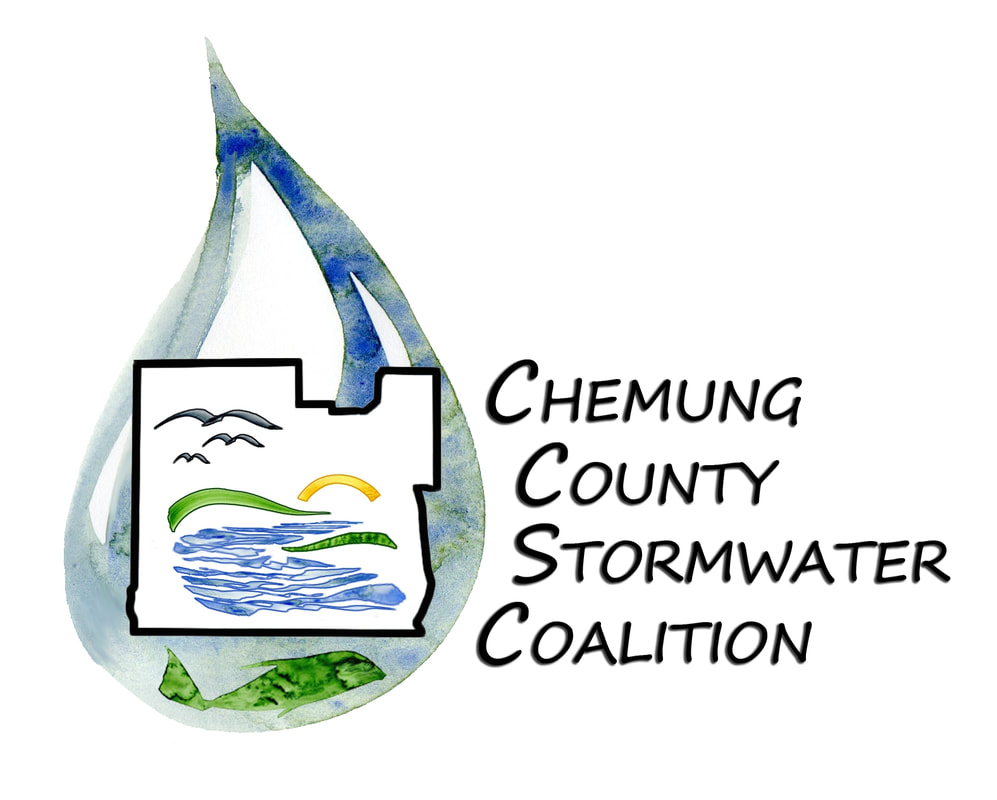Water Quality stream sampling: What does it tell us
Every two months, members of the Chemung County Water Quality Committee go out to monitor surface waters across Chemung County. Currently there are 13 monitoring sites. Click here to view a map of the sites.
What type of monitoring do we do? In essence, we take a snapshot of each site. This type of monitoring demonstrates consistency or lack thereof, for the water at each sampling location. First off, general information is gathered; date, time and weather conditions. We use a sensor which is placed in the creek to gather data on specific conductance, dissolved oxygen, depth and temperature. Visual observations are noted for presence of aquatic life, clarity of water, presence of litter or debris in the water and flow. A sample of the water is collected and taken to the Elmira Water Board where analysis generates data for turbidity, alkalinity, hardness, chloride and pH.
So why do we do this? It allows us to obtain baseline data and track any changes at each site. There are a number of environmental impacts that can affect the data such as time of year, snow melt, rainfall and drought which have to be taken into account each time the site is sampled.
Currently, the waters we sample are very consistent. So what happens if we do see something different in our visual observations or get a spike or drop in our numbers? It depends on what we find. There are many partner members in the Water Quality Committee who might get involved. If it is trash or litter, the Friends of the Chemung River Watershed would be contacted to set up stream bank clean-up. Other “go-to” members are Chemung County Soil & Water Conservation District, Storm water Coalition or the County Department of Health. These partners would also be utilized to follow up and disseminate the changes in question.
Stream Sampling Data
| 2022_water_sample_data.pdf |
